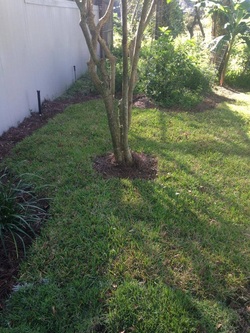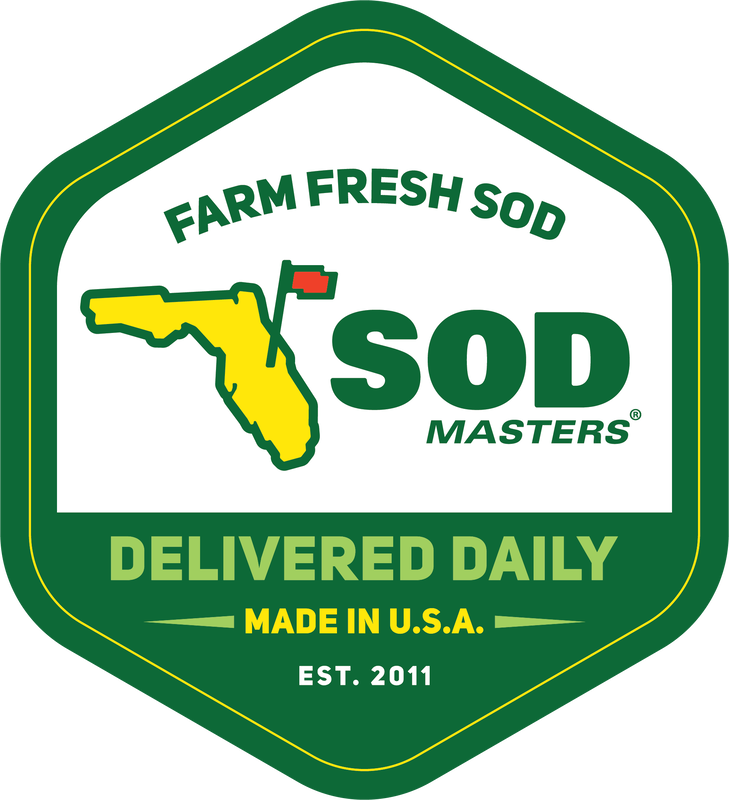
Spring is here and it's time to prepare your St. Augustine Grass for the hot days ahead. The first step you want to do is put down fertilizer. We recommend a fertilizer with a 25-0-12 ratio or 12-0-6.
The second step is to prevent the summer weeds. If you do not have any weeds in your lawn, you can get a pre emergent herbicide mixed in with the fertilizer. If you're too late and weeds have already germinated, go to your local lawn care outlet to find out which weed you have and what will do best to control and kill it.
The third step is to prevent any turf diseases. The most common diseases for St. Augustine Grass is grey leaf spot and brown patch fungus. One of the main causes of fungus is over watering. For St. Augustine Grass, you want to water an inch per week either from the rain fall or by irrigation. This will help prevent turf diseases.
Insects is the last step. Monitor your yard before you put anything down for insects. The chinch bug is the main problem for St. Augustine Grasses. If you notice chinch bug damage, go to your local lawn care outlet to find out the best possible way to treat them.
The second step is to prevent the summer weeds. If you do not have any weeds in your lawn, you can get a pre emergent herbicide mixed in with the fertilizer. If you're too late and weeds have already germinated, go to your local lawn care outlet to find out which weed you have and what will do best to control and kill it.
The third step is to prevent any turf diseases. The most common diseases for St. Augustine Grass is grey leaf spot and brown patch fungus. One of the main causes of fungus is over watering. For St. Augustine Grass, you want to water an inch per week either from the rain fall or by irrigation. This will help prevent turf diseases.
Insects is the last step. Monitor your yard before you put anything down for insects. The chinch bug is the main problem for St. Augustine Grasses. If you notice chinch bug damage, go to your local lawn care outlet to find out the best possible way to treat them.

 RSS Feed
RSS Feed
